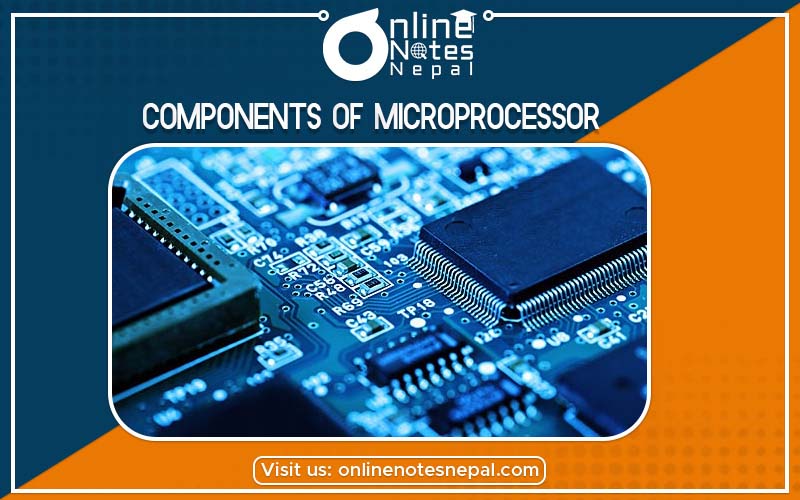Published by: Zaya
Published date: 24 Jun 2021

A typical programmable machine can be represented with four components: Microprocessor, memory, input and output.
The control unit (CU) has overall responsibility for the system. It controls various activities within the microprocessor.
The arithmetic-logic unit (ALU), as its name also suggests, performs arithmetic (addition, subtraction, etc.) and logic (and, or, etc.) operations. The registers are small memory within the CPU. This is the only storage to which the ALU has direct access. To manipulate any values from memory they must first be
loaded into registers.
Memory
Memory is a device where both program code and data reside while the program is in execution. This is the stored-program concept, often attributed to John von Neumann. Memory (or Main Memory) is sometimes referred to as Primary Storage, as opposed to Secondary Storage, which usually refers to disk drives, tape drives and the like. The major difference between primary and secondary storage is access time.
Input and Output
Microprocessor takes in input from the input devices as well as from the data stored in the secondary storage. It gives output through the output device after processing according to the instruction.
The Memory Subsystem
Memory is where the computer stores information and (running) programs. Memory is made up of bits: the bit is the smallest unit of storage, it can hold one of two values: 1 and 0 (zero). Bits are grouped into larger units called bytes (8 bits). Group of Bytes are called as words.
There are two important attributes associated with every chunk of memory:
Memory OperationsMemory is capable of doing two things:
1. Deliver the current contents of a designated memory cell to the CPU (memory read).
2. Store new contents in a designated memory cell (memory write).
For the first operation (known as a memory read) the CPU must pass two pieces of information to the memory subsystem:
In order to perform these operations Processor needs the following registers and control signal:
The Memory Address Register (MAR): Which contains the address of the requested cell, the one we want either to read from or to write into.
The Memory Data Register (MDR): The memory subsystem places the retrieved contents of memory (read) and the CPU places the new contents of memory (write).
A Read/Write Line (R/W): Used to indicate whether the required operation is a read or a write.
Input/ Output Subsystem: In order to communicate with anything outside the CPU/Memory system we need an I/O subsystem. This subsystem needs to be able to control many different types of
the device, for example, Screen, keyboard, printer, but they all have very different characteristics.
I/O Controllers: Compare to RAM, I/O devices are extremely slow. If the CPU had to wait for peripheral
I/O to complete before carrying on then the CPU is going to spend a good deal of its time doing nothing useful.
The solution is to use an I/O Controller, which is a special-purpose processor which has a small memory buffer, and a control logic to control the I/O device (e.g. move disk arm). In its simplest form, the procedure for performing an I/O request (input or output, the scheme is the same) is as follows: